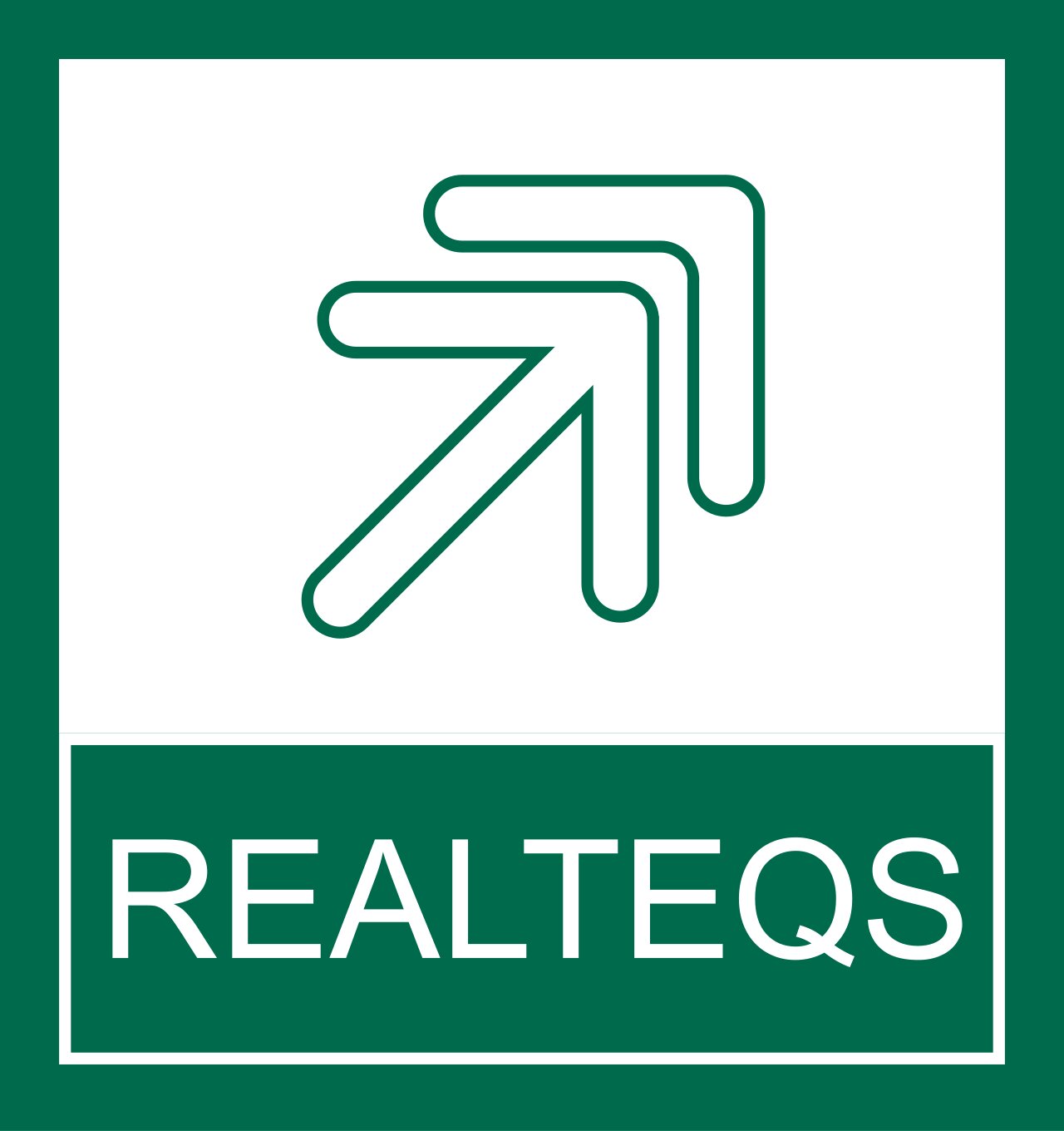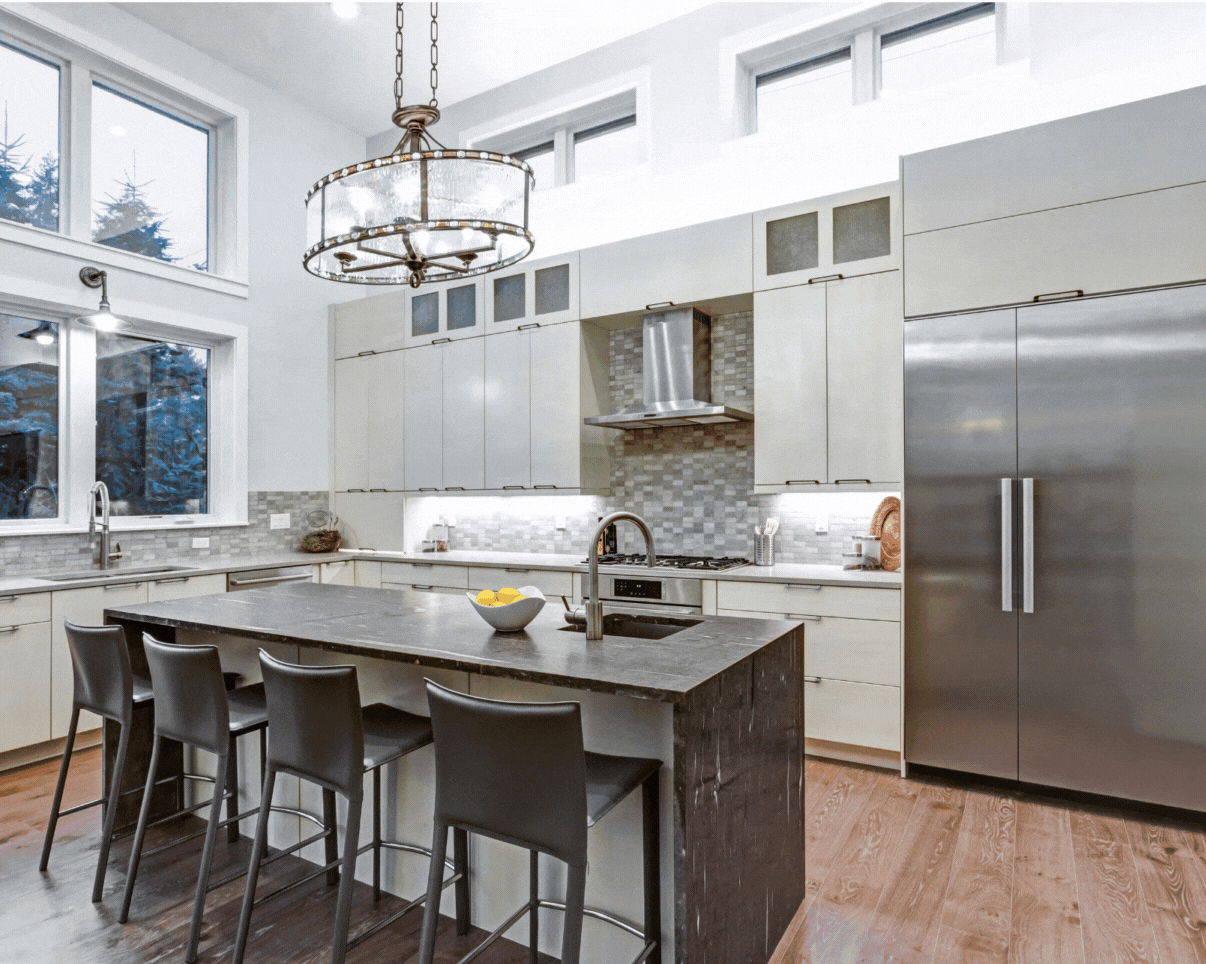

Know your kitchen, an important space in your life

The work triangle was devised in the 1920s as one of the first efficiency measures in a residential kitchen.
25 May , 2021

A. Introduction
Kitchen is an important space in our day-to-day life as our day starts with freshness from Kitchen. In order to establish a fresh beginning in the day, Kitchen must be organized with proper order, hygiene, tidy and clean. Hence, Kitchen plays a role in making us happy, isn’t it?
B. Belief behind Kitchen
According to Wikipedia, the Kitchen God, also known as the Stove God, names Zao Jun, Zao Shen, Zao kimjah or Zhang Lang, is the most important of a plethora of Chinese domestic gods that protect the hearth and family. Independent Chinese families are classified accordingly to the stove they possess. Because circumstances of a divided household, kitchens are shared but never the stove. In the case of a father's death, the sons divide their father’s household. The eldest son inherits the stove, and the younger brothers transfer the coals from the old stove to their own new stoves. This invites the Stove god to join their newly formed households. This process is called "pun chu" or dividing the stove. This indicates the "soul" of the family and it signifies fate of the family.
According to the the Vastu principle, the ancient Hindu tradition of designing living spaces, the first and simplest principle is to make sure that rooms are free from excess clutter, which can impede the pranic flow. The second is to achieve the correct balance of the elements, and the third one is to maximize the amount of light that is flowing throughout the home. According to the Vastu, the following important factors to be considered when designing a kitchen:
The following concept or belief is based on opposite powers, which Vastu considers how to optimize positive energy:
Greek-style kitchen is based on the concept of peace, relaxation and joy. Greek-style kitchen is mainly based on the Mediterranean design which is focused on naturalness and functionality. Despite the beautiful appearance, warm climate, Greek-style kitchen is still quite rare in US and Western European houses.
The history of Italian kitchen design dates to the 14th century. In fact, at this time the fireplaces were added to walls in Tuscany and in other parts of the country. Hood overhangs channeled most of the smoke into a chimney, expelling it outdoors. Towards the end of the 16th century, a system was developed in the monasteries around Florence. This system enabled considerable fuel savings, reducing heat dispersion and creating a structure that allowed workers to operate easily around the fire in an upright position, having all the utensils they needed immediately on hand. In the late eighteenth century, the earliest cookers powered by fire in a metal structure were produced. Freestanding and mobile, they ensured even heat distribution for cooking. During the 1900s the kitchen, originally a place for servants and kept separate from salons, entered the circle of rooms that were shown to guests. For the first time in the history of Italian kitchen design, the cookhouse was managed by the lady of the house.
C. The Law in your Kitchen
The Kitchen is the utmost place in terms of safety and security. As such, the Kitchen design must comply with the laws to ensure the safety of inhabitants.
In the UK, the most important food hygiene regulations for your business are:
The EU standards are among the strictest in the world and are drawn up to ensure that kitchen staff have the least possible risk of injury.
In Dubai, Food Code stipulates requirements related to food safety measures.
D. Modern kitchen ideas
A modern kitchen should be a dynamic place with environmentally friendly, feel like as if you are in a most amazing place where you could breathe natural air, feel the natural brightness, day light with clear, sharp lines and smart ideas for blending storage and good looks. It also creates elegant spaces which are not just attractive but useful as well. It creates inspirational places which allow people to thrive. The air supplied to the food premises shall be of sufficient quality so as not to contaminate the equipment or the food. Unclean air, excessive dust, odours, or build-up of condensation or grease are all potential sources of food contamination. Build-up of grease/fat in equipment such as range hoods also pose a fire hazard.
It will try to ensure that every corner of the food preparation area is beautifully lit, by natural light if possible. While it will be separated from dining and living areas (so that cooking odours tend not to drift around the house), a modern kitchen will still be easily accessible from the rest of the house. A modern kitchen is an integral part of a well-designed home.
What are the General Requirements for Design and Construction?
A properly designed and operated food establishment will minimize the likelihood of food contamination. At the same time, unnecessary movement of food and personnel within the establishment increases the likelihood of contamination, and hence should be controlled as much as possible. Well-designed layout is a pre-requisite for effective implementation of any food safety program. Adequate space for food preparation is essential to ensure safe food preparation. Adequate lighting promotes cleanliness by facilitating the identification of unclean areas. Shielding of lights to prevent the contamination of food from glass fragments in the event of breakage is an essential public health protection measure. In addition to that, risk of breakage also occurs when diffusers are removed for cleaning or changing tubes. The air supplied to the food premises shall be of sufficient quality so as not to contaminate the equipment or the food. Unclean air, excessive dust, odours, or build-up of condensation or grease are all potential sources of food contamination. Build-up of grease/fat in equipment such as range hoods also pose a fire hazard.
What should I consider when buying a modern kitchen or construct it my own choice?
Light is crucial in kitchen designs of any style, but this is particularly the case in a modern kitchen. When you are preparing food, it is vital to have excellent vision, while well-lit spaces are the hallmark of strong modern designs wherever they are in the house. Think about the placement of windows, the colour of walls and cabinets, and whether you desire a modern kitchen that relies heavily on metal surfaces. Think about space as well. Families will need much more space than single people and couples, and with small children running around, safety should also be a major consideration. In the end, you need to keep the big picture in mind as well. A good modern kitchen will be supremely functional, and its beauty emerges from this quality.
Light colored walls and ceilings enable easy detection of dirt for prompt removal. Durable, impervious and easily cleanable surfaces facilitate cleaning work. However, note that the emphasis should be on cleanliness which is the primary objective of this provision. The space between false ceiling and the original ceiling can get dirty and harbor pests. Periodic checks and cleaning are necessary to maintain a healthy and hygienic work environment. Exterior openings must be managed to prevent the entry of pests and contaminants, and ensure a comfortable working environment.
The accumulation of wastewater on the floor and drain of a food establishment can lead to unsanitary conditions. Properly designed drains and drain lines can eliminate the accumulation of wastewater and prevent entry and growth of pests.
Contamination of food, food ingredients, equipment, and non-food materials can occur when improper storage facilities are used. Th separation of food and equipment from toxic and soiled materials ensures that the opportunity for cross-contamination is minimized.
Equipment used in a food establishment shall be kept clean and sanitized so as to minimize the risk of contamination of food by equipment surfaces. Therefore, when considering the location of equipment, several factors should be considered, including ease of cleaning, the intended use of equipment, and the methods for preventing contamination of the equipment. Special care should be taken in the placement of food equipment that will be used to process, handle or store food. Such equipment shall not be located in areas where it may become contaminated since the surfaces of the equipment will be coming in direct contact with food.
How to choose Floor Finishes?
Floors in food premises must be cleaned effectively and thoroughly, must not absorb grease, food substances or water, harbor pests, and should be laid to not to cause pooling of water. Following is a list of suitable commercial kitchen flooring surfaces:
The use of PVC sheets or tiles should be avoided adjacent to hot fat appliances such as deep fryers. All commercial kitchen floors and staff amenities floors must have a non-slip surface. These surfaces should meet the requirements of BS EN 13036-4:2011. In all cases, installation should be undertaken by appropriately qualified tradespersons to ensure proper adherence to the substrate and adequate sealing of joints to maintain an impervious surface. Flooring should be cleaned and maintained daily according to the manufacturer’s instructions to maintain slip resistance.
Choosing the right kitchen flooring material for your home can be a tough decision. One particular material might offer a gorgeous aesthetic appeal yet might not quite stand up to the wear and tear you expect it to bear in your kitchen – and vice-versa.
It’s important to know all the options and spend some time weighing up the pros and cons of each in relation to your kitchen, lifestyle, and design tastes.
What will a modern kitchen cost?
The modern kitchen should not cost much compared to other kitchen design styles. The whole idea of modern design is to create elegant spaces that use materials efficiently. You won’t need to waste money on needless features or decorations. The beauty of the design will lie in its functionality, meaning that, in theory, a modern kitchen should be extremely cost-effective. However, any kitchen will be a major investment, so take care when designing your own, and choose design teams to work with who really know the modern style inside out.
Spatial Requirements
A well-planned kitchen should:
The work triangle was devised in the 1920s as one of the first efficiency measures in a residential kitchen. The triangle creates a clear path between the area for food preparation (stovetop), the cleaning area (kitchen sink), and the food storage area (refrigerator).
The Principles of the Kitchen Work Triangle:
The length of each triangle leg is between 1.2 and 2.7m
• The combined length of the three legs should be between 4m and 7.9m
• There should not be any appliances or cabinetry intersecting any of the legs of the triangle
• There should not be any major traffic through the triangle
For maximum kitchen efficiency and usability, the basic guidelines* below should be applied:
Interior design ideas for modern kitchens
A modern kitchen design is choosing a firm contrast between the floor and the cabinets and walls. This doesn’t mean clashing tiles with painted surfaces. Instead, look at a cool grey stone and wooden cabinets, or go for a light cream or white colour scheme. Bright colours will generally upset the harmony of the overall design and should be avoided. The colour will come from the odd decorative feature or flowers, not from the major elements of the modern kitchen. Kitchen islands are a nice feature, which allows you to include modernist stools and add more functionality to the kitchen for coffees and light bites. When lighting is used, it tends to be better to use recessed lights built into the kitchen fittings. Try to give the impression that only natural light is being used, and adding to the overall effect. For decoration, there are a number of superb options for modern kitchen wallpaper, which will not be damaged by cooking smoke and will add some charming patterns to bare walls. In larger spaces, you might also consider an open-plan kitchen.
Should my modern kitchen have a kitchen island?
It depends upon the taste and choice of the people. A kitchen island will be a needless expense and inconvenience for some people, limiting movement around a modern kitchen. For others, having extra seating space is a vital aspect of the kitchen, turning it from just a food preparation space to a social setting. If you don’t have access to an outside terrace or if the dining room is further away from your modern kitchen, then an island could be an ideal addition. However, if you have a small kitchen, then trying to avoid it may spoil the harmony of the design, which should be avoided at all costs.
What should I look for when buying a modern kitchen countertop?
The countertop/worktop is the most important surface in any modern kitchen, and it needs to be extremely functional. There are plenty of materials that could be used for the worktop which combine this functionality with physical beauty. For example, polished granite is hard to scour and ages well, while hardwood is easy to clean. Steel and other metal compounds will be a good way to add some modernist excitement to the kitchen and are similarly hard-wearing. The fundamental consideration to select a worktop material in your modern kitchen is easy to clean, durable and fits your overall design.
Your choice Vs. Inspiration for modern fitted kitchens
It may be a little difficult to accept or compromise your auspicious kitchen model when you choose a readymade kitchen as your own design plan is paramount. There will be plenty of options for off the shelf kitchens, but it will be much better if you can create a tailor-made or custom-built space which reflects your unique tastes and passions. It will be much easier to work with a professional kitchen designer and fitter to achieve perfect results.
Modern kitchen design
Technology-based modern kitchen design is an ever-changing field, with an almost infinite variety of different styles available. You can choose to build a pure design that echoes the advance home automation system with an elegant look and feel with a fully entertained Kitchen! A well-designed modern kitchen will also be easy to customize with decorative elements, allowing your creativity to flow all of the time.
The 6 Most Popular Kitchen Layout Types
1. The One Wall Kitchen
Usually found in smaller kitchens, this simple layout is space-efficient without giving up on functionality. Consisting of cabinets installed against a single wall, the One Wall Kitchen can have upper and lower cabinets or shelving over base cabinets, creating a clean aesthetic.
2. The Galley Kitchen
With very economical use of cabinets, the galley kitchen consists of two rows of cabinets facing each other, creating an inner passage or galley between them. This type of layout uses every millimeter of space without wastage by eliminating the need for corner cupboards. The uncomplicated design also means that there are fewer special gadgets necessary, making this a cost-efficient option as well.
3. The L-Shaped Kitchen
A practical layout option for small and large kitchens, the L-shaped kitchen has cabinets along two perpendicular walls. Although the corner necessitates some clever cabinetry solutions to make it practical, the open plan design of the L-shaped kitchen offers great flexibility in the placement of appliances and work zones. While you can have the legs of the L as long as space allows, it is best to keep it to less than 4.5m for ease of use.
4. The U-Shaped Kitchen
A great layout for larger kitchens, the U-shaped kitchen consists of cabinetry along three adjacent walls. This type of layout provides plenty of storage but can feel enclosed if there are upper cabinets on all three walls. To avoid this, choose upper cabinets along only one or two walls, with open shelving, focal tiles or a hob hood on the other. The U shaped kitchen allows for great workflow and multiple users at the same time.
5. The Island Kitchen
A very popular choice in open-plan homes, the island kitchen provides a large work surface or storage area in the middle of the kitchen. The island can incorporate a cooking surface, prep bowl and bar or wine fridge. It can also be used simply as a preparation area or for enjoying family meals. While the kitchen has to be big enough to incorporate an island, its placement is a great way to create a natural traffic flow in the area.
6. The Peninsula Kitchen
The peninsula is related to the island kitchen and incorporates a kitchen counter that juts out from a wall or cabinetry. This is a great solution that offers the benefits of a kitchen island where space doesn’t allow for an independent island to be installed. The peninsula can be used for food preparation, eating or other tasks while the cook is busy with meal preparation.
(See pictures attached)

